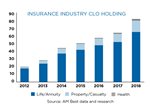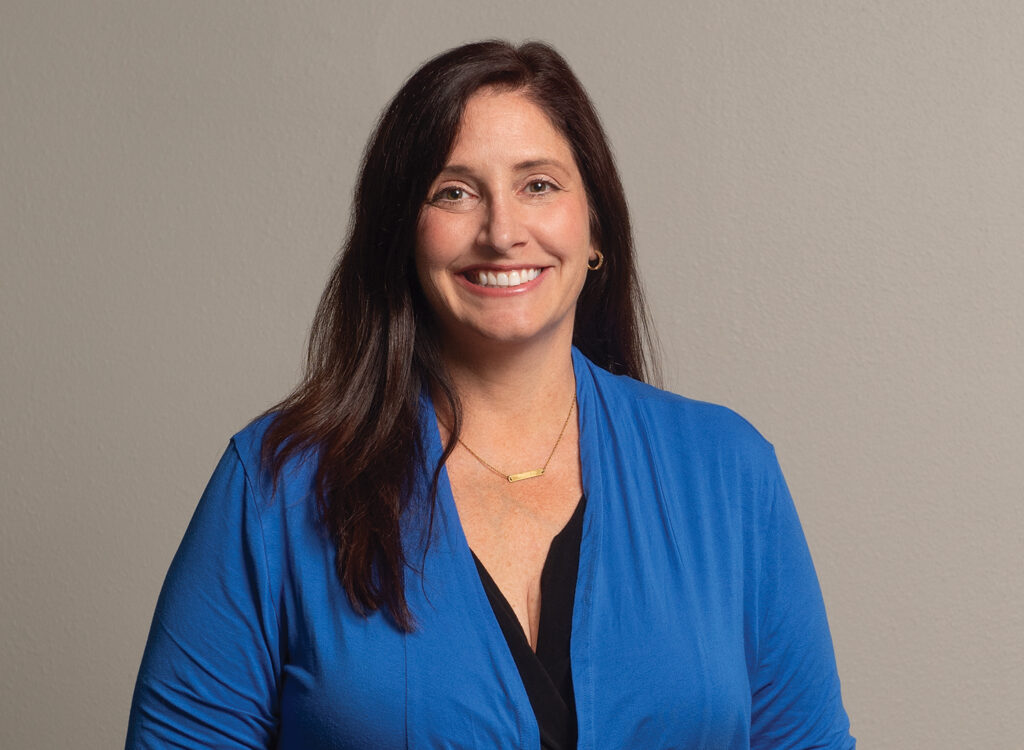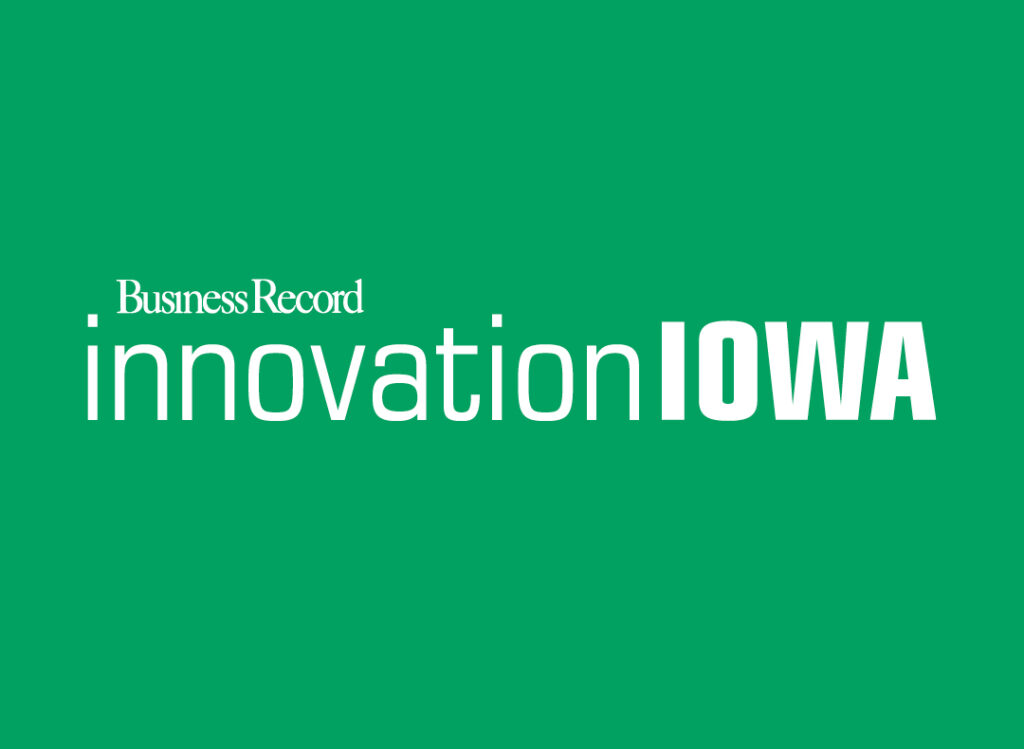Iowa insurers among institutions bulking up on structured debt
Collateralized loan obligations getting closer scrutiny from regulators

A type of investment that performed remarkably well during the Great Recession has become quite popular with institutional investors hunting for yield in a low-rate environment — so much so that it’s sparking increased scrutiny by state and federal banking and insurance regulators.
The structured debt instruments, known as collateralized loan obligations, or CLOs, are a method of packaging bank loans as an investment option. CLOs have become a go-to investment for a broad range of financial institutions, from major banks and insurance companies to pension funds and other types of nonbank institutional investors.
Some Iowa-based insurance companies are building up their CLO portfolios and have become some of the largest holders of CLO debt among U.S. insurers. Collectively, insurance companies have added billions of dollars of this investment category to their balance sheets over the past decade.
Though CLOs have had a reputation as a safe investment, concerns are growing among regulators that the credit quality of this debt category is beginning to deteriorate as issuers scramble to meet demand. Also of concern is that the majority of the securities are held by nonbank institutions, which makes it more difficult to track exactly who holds CLO debt.
In a midyear financial stability report issued by the Federal Reserve, the Fed warned that investors in CLOs — including insurance companies and banks — face a risk that strains in the underlying loans will deliver “unexpected losses,” and added that the secondary market isn’t very liquid, “even in normal times,” as reported by the Insurance Journal.
The percentage of outstanding loans in CLO portfolios that are reaching “CCC” or triple-C risk ratings — equivalent to junk-bond status — this fall reached its highest level since July 2013. According to an analysis by S&P Global Market Intelligence published in early November, the share of outstanding loans in CLO portfolios rated triple-C was 7.5% at the end of September, the highest level in more than six years and up from 6.3% in June 2019.
“The specter of leveraged loan downgrades to triple-C could pose a challenge to a CLO investor base that purchases nearly three-quarters of all U.S. leveraged loans currently being syndicated, and which holds 55% to 60% of all leveraged loans outstanding,” the S&P Global report stated.
Carrie Mears, an investment specialist with the Iowa Insurance Division, leads the state’s regulatory oversight of Iowa-based insurers’ debt holdings. The division works with other state and federal regulators to monitor exposure to the CLO market.
“What started triggering a concern is that [CLOs are] just a very popular investment, even outside of the insurance industry,” she said. “Interest rates were so low that it created this perfect combination of investor demand and issuer supply.”
Report: 28% of CLOs held by insurers
CLOs are made up of a diverse pool of senior secured bank loans, also known as first-lien bank loans, which are made mostly to small and medium-sized businesses, according to a Best’s Special Report published in March 2018. The underlying first-lien loans are secured by debtors’ assets and rank first in the priority of payments ahead of unsecured debt.
CLO debt held by U.S. institutional investors, which made up about one-quarter of the total leveraged debt market in 2008, now makes up about three-quarters, or more than $700 billion, according to Best’s report. “Investors in general have gravitated toward CLOs over the last few years as a way to achieve higher returns with a minimal increase in risk,” the report said.
The U.S. insurance sector has nearly tripled its CLO debt holdings between 2012 and 2016, increasing from $19.2 billion to $57.6 billion in that time frame. Insurance companies held an estimated $113 billion in CLOs, or about 28% of the CLO market, as of year-end 2018, according to a Federal Reserve report.
Collectively, 10 insurance companies with the largest holdings of CLO instruments held $38.3 billion in CLO debt in 2018, or 46.5% of U.S. insurers’ CLO holdings, according to A.M. Best research.
That Best report showed three insurance companies with substantial Iowa operations — Sammons Enterprises Inc., American Equity Investment Life Holding Co. and Athene Holding Ltd. — were among those top 10 insurance company holders of CLO debt, each having more than $3 billion in CLO debt on their balance sheets at the end of 2018. The company with the largest CLO holdings was New Jersey-based Prudential Financial Inc., with $6.9 billion at year-end 2018.
A separate report by S&P Global Market Intelligence had a different top 10 list that listed two other Des Moines-based life insurers, Global Atlantic Financial Group and Fidelity Guaranty & Life, among top life insurance company holders of CLO debt. As of year-end 2018, Global Atlantic held $5.5 billion and Fidelity & Guaranty $2.8 billion, according to that report.
A stress test conducted in mid-2019 by the National Association of Insurance Commissioners found that insurers collectively reported a total of $122 billion in CLO holdings.
To put that figure into greater context, CLO holdings represented less than 2% of U.S. insurers’ total cash invested assets under management as reported in their annual statement filings to the NAIC. The vast majority — 77% — of these investments were held by life insurance companies and 20% by property/casualty insurers.
“Most U.S. insurers’ CLO investments were of a high credit quality rated single A or higher,” said Eric Kolchinsky, director of NAIC Structured Securities, in the report. “However, recently underwritten leveraged loans are adopting more aggressive EBITDA [earnings before interest, taxes, depreciation and amortization] assumptions and have fewer covenants. These trends call for a closer examination of this type of investment.”
CLO investments by major banks are far more concentrated among some of the largest institutions.
According to a June report from S&P Global Market Intelligence, Wells Fargo & Co. is the largest domestic bank buyer of CLOs, holding $34.6 billion in CLOs, or about 2% of its total assets, followed by J.P. Morgan & Co. Inc. at $20.5 billion and Citigroup Inc. at $18.1 billion. Total U.S. bank holdings of CLOs are estimated at about $90 billion, or about 15% of the total CLO market.
‘Pockets of risk’
The Iowa Insurance Division works closely with the NAIC and its Capital Markets Bureau to monitor the aggregate exposure to the CLO debt market, Mears said. Overall, the growing CLO market bears continued monitoring, but it’s not an immediate concern, she said.
In the NAIC stress test results, “There were certainly losses in the lower quality tranches, while the higher quality ones did not have losses,” she said. “So we don’t feel the insurance industry really has a risk here. … It’s just something that we’ll continue to watch. They [CLOs] just performed better than expected under the stress test, but there will continue to be pockets of risk that we’ll monitor.”
Mayra Rodriguez Valladares, a bank regulatory and capital markets consultant and trainer in New York City, recently reiterated her concerns about the risks from increased holdings of CLO debt by nonbank investors.
Valladares, in a Dec. 19 post on Forbes.com, said she concurs with a new report published by the Financial Stability Board, which found that “the degree of borrowers’ leverage has increased” and “although the loans tend to have lower credit ratings, there is some evidence that certain changes to loan documentation that weaken creditor protection are not fully priced in by market participants and investors.”
“The worry, rightly so,” Valladares wrote, “is that consequently, leveraged loan and CLO markets are likely to be a lot more sensitive and vulnerable to macroeconomic shocks than previously thought.”
Mears said she thinks that CLO debt levels are nearing a peak and will soon level off as institutional investors pursue the next big investment option, whatever that turns out to be.
“We see that the investment world is very creative, and they continually find new opportunities,” she said.










